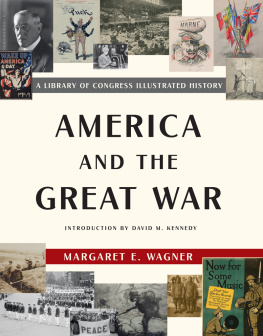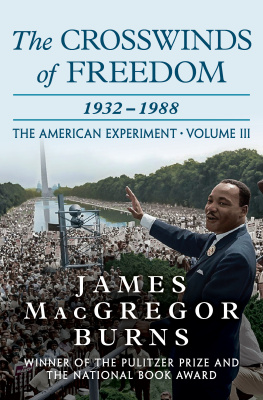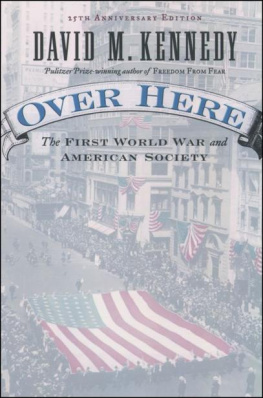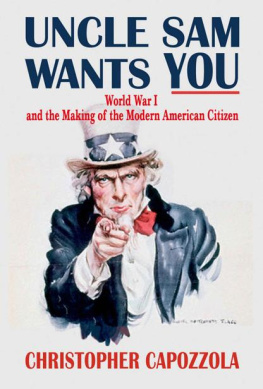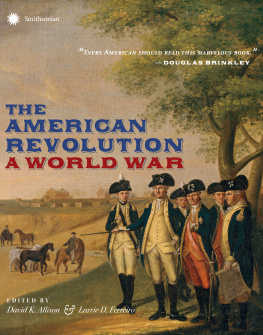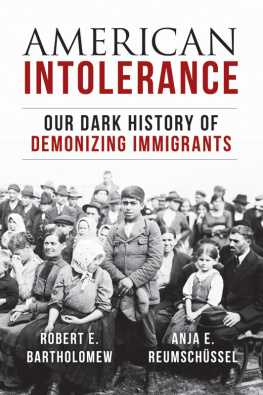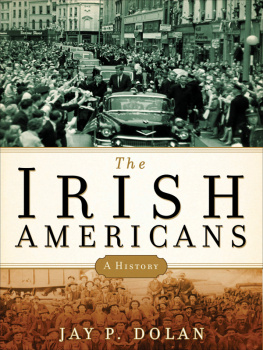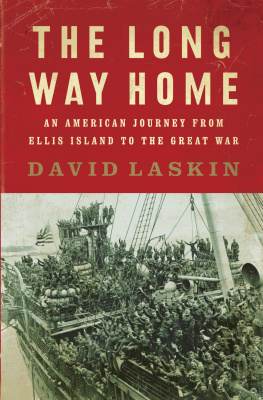BY THE SAME AUTHOR
The Library of Congress Illustrated Timeline of the Civil War
The Library of Congress World War II Companion (co-author)
The Library of Congress Civil War Desk Reference (co-author)
The American Civil War: 365 Days
World War II: 365 Days
Maxfield Parrish and the Illustrators of the Golden Age

Bloomsbury Press
An imprint of Bloomsbury Publishing Plc
| 1385 Broadway | 50 Bedford Square |
| New York | London |
| NY 10018 | WC1B 3DP |
| USA | UK |
www.bloomsbury.com
BLOOMSBURY and the Diana logo are trademarks of Bloomsbury Publishing Plc
First published 2017
Library of Congress, 2017
Introduction David M. Kennedy
This ebook edition published in 2017
All rights reserved
You may not copy, distribute, transmit, reproduce or otherwise make available this publication (or any part of it) in any form, or by any means (including without limitation electronic, digital, optical, mechanical, photocopying, printing, recording or otherwise), without the prior written permission of the publisher. Any person who does any unauthorised act in relation to this publication may be liable to criminal prosecution and civil claims for damages.
No responsibility for loss caused to any individual or organization acting on or refraining from action as a result of the material in this publication can be accepted by Bloomsbury or the author.
ISBN: 978-1-6204-0982-4 (HB)
ISBN: 978-1-6204-0983-1 (eBook)
LIBRARY OF CONGRESS CATALOGING-IN-PUBLICATION DATA IS AVAILABLE.
To find out more about our authors and their books please visit www.bloomsbury.com. where you will find extracts, author interviews and details of forthcoming events, and to be the first to hear about latest releases and special offers, sign up for our newsletters.
Bloomsbury books may be purchased for business or promotional use. For information on bulk purchases please contact Macmillan Corporate and Premium Sales Department at .
For my treasured siblings, John, Janet, and Bobbie and for those Americans of the WWI era who kept struggling to build a more just and democratic country in a time of unprecedented military conflict and radical social change
CONTENTS
INTRODUCTION
A century ago, on the evening of April 2, 1917, a solemn and subdued President Woodrow Wilson stood before a hushed joint session of Congress and asked that the United States declare war against the German Empire. It is a fearful thing to lead this great peaceful people into war, he said. But he believed that Germanys recent declaration of unrestricted submarine warfare grossly violated international law and intolerably insulted national honor. America must now abandon the peace which she has treasured, he concluded. God helping her, he declared, she can do no other. Over the protests of fifty-six dissenting voices, four days laterfor only the fourth time in the history of the RepublicCongress issued a declaration of war.
Fear has ever been wars dread comrade, but what was then called the Great War had already unleashed unimaginably monstrous havoc across Europe and beyond. Since the fighting had erupted in the summer of 1914, the great slaughter-engines of modern industrial warfare had felled millions and maimed millions more. The machine gun in particularconcentrated essence of infantryhad conferred spectacularly lethal advantages on defensive positions, congealing the fighting fronts into static killing grounds that consumed men like chaff in a bonfire. Millions more would fall before an exhausted Germany and its no-less-enfeebled Austro-Hungarian ally surrendered in November 1918.
Small wonder, then, that Wilson had urged the European combatants to embrace a peace without victory and struggled for more than two years to maintain American neutrality. But it was in vain. Forsaking the isolationist principles that had guided American statecraft for more than a century, the United States now plunged headlong into the Great War.
Few aspects of that plunge were more surprising, and few have more persistently fascinated historians, than the frenzied alacrity with which countless Americans swiftly jettisoned the venerable wisdom of their Founders as they girded for combat in the Old World that their Revolution had repudiated and from which so many of their forebears had fled.
To be sure, not all hearkened readily to the buglers call. After two decades of massive immigration, one in every three Americans in 1917 had either been born abroad or had at least one foreign-born parent. Some four million had roots in Ireland, where rage against British rule had exploded into open rebellion in 1916; another ten million of them traced their ancestry to either Germany or Austria-Hungary. The enthusiasm of the Irish for a war alongside Britain or of the others for taking up arms against the lands of their fathers could scarcely be taken for granted. Understandably unsure of their loyalties, Wilsons government proved regrettably ruthless in compelling their compliance with the war effort.
And yet legions of Americans worked themselves into near-manias of martial exuberance. They cheered lustily when the Committee on Public Informations Four-Minute Men preached the wars merits from stage and street-corner. They flocked to films like The Kaiser, the Beast of Berlin. They booed the music of German composers like Beethoven and Wagner, renamed sauerkraut liberty cabbage and hamburger liberty steak. They shamed their neighbors into buying war bonds, and clucked approvingly when antiwar protestors like Eugene Victor Debs were imprisoned under the Espionage Act of 1917. An Illinois jury in 1918 took less than an hour to acquit eleven defendants accused of brutally lynching a supposed German sympathizer. The Washington Post hailed the whole sorry episode as a healthful and wholesome awakening in the interior of the country.
Amidst the hysteria, the nation proceeded methodically to mobilize for war. The freewheeling, laissez-faire economy that had chafed under the modest attempts of progressive reformers to tame it in the pre-war years now felt the much heavier hand of wartime government controls. The War Production Board sought to orchestrate myriad sectors of the sprawling industrial apparatus necessary for the prosecution of modern warfare. The fledgling Federal Reserve System, born in 1913, spread its wings over the entire nations credit system. Women served in countless new capacities, facilitating the passage of the Nineteenth Amendment in 1920, granting women at long last the right to vote.
The Selective Service System, called into being in the month following Wilsons War Address, eventually pressed about four million men into uniform (another 337,000, or one in 12 inductees, unlawfully evaded service). Half of them made it to France, and about half that number saw combat, mostly in the wars closing days in the battles of St. Mihiel and the Meuse-Argonne. Segregation kept all black soldiers in separate units. Two black divisions (under white officers) saw action in France, but most black troops were relegated to service tasks like stevedoring. Some 53,000 troops in the American Expeditionary Force perished on the battlefield, and a somewhat larger number died from accidents and disease, notably the worldwide influenza epidemic that scourged the globe in 1918.

